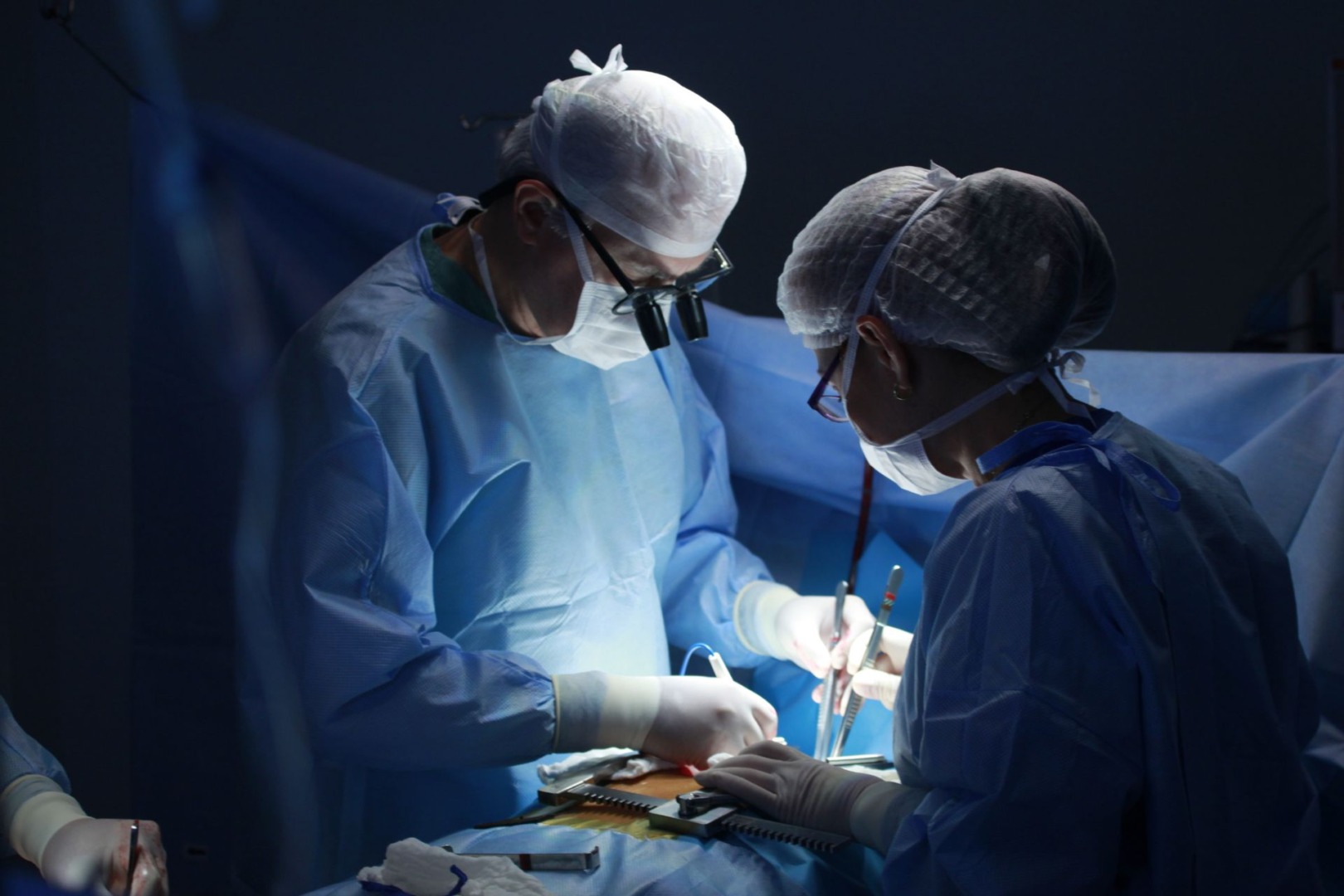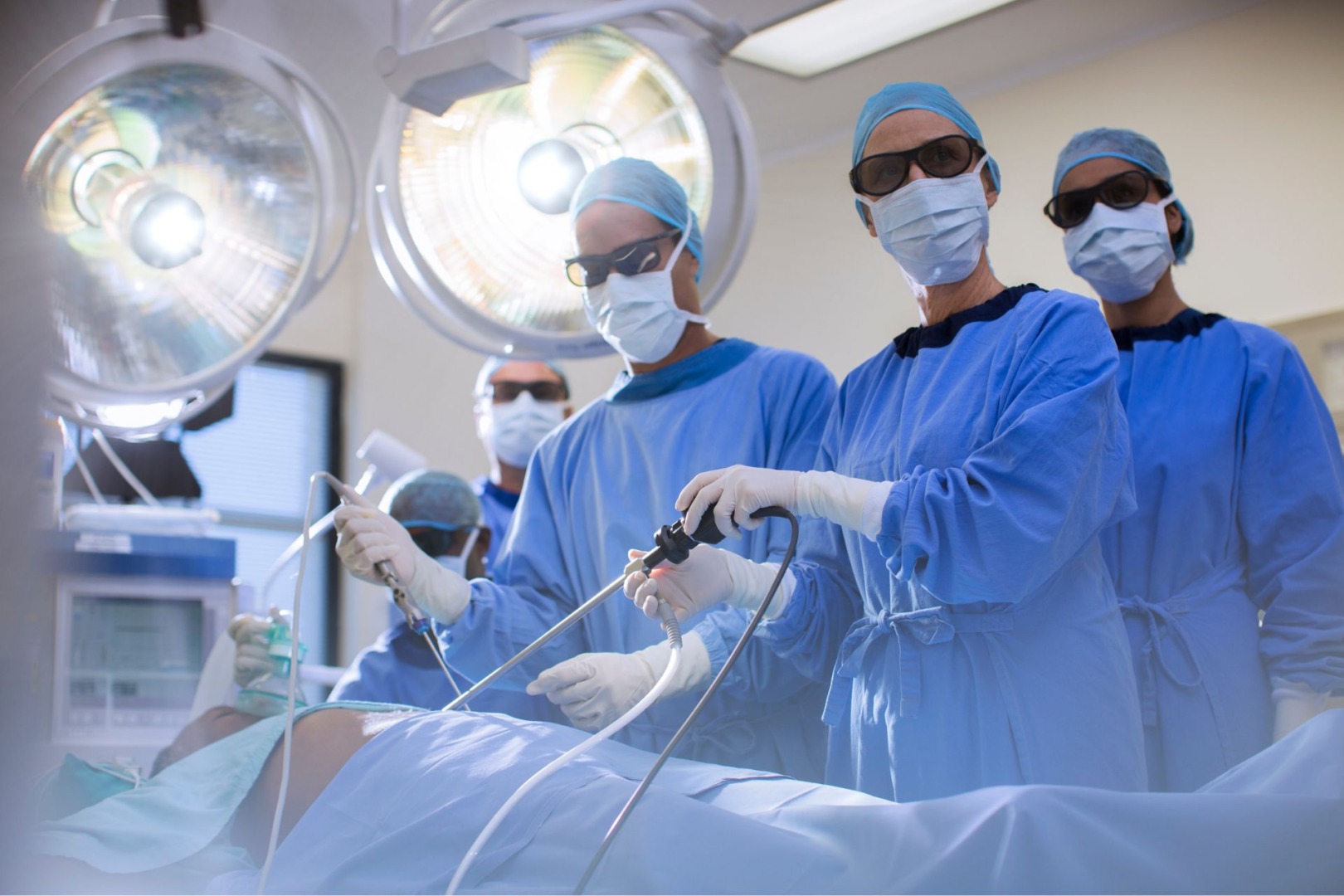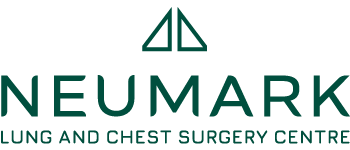Recent advances in thoracic surgery have indeed brought significant improvements in the treatment of rib fractures, particularly for severe cases. Here’s an updated version based on the latest research:
Thoracic Surgeons Lead the Way in Revolutionising Care for Patients with Severe Chest Injuries
Displaced rib fractures, where the bone is broken and out of place, are a common yet debilitating injury that can leave patients in severe pain and discomfort. These fractures often result from various traumas, including falls, sports injuries and accidents.
“For years, the treatment of displaced rib fractures has been debated, with many patients enduring prolonged periods of suffering without adequate relief”, notes Dr Harish Mithiran, director of Neumark Lung & Chest Surgery Centre. “However, recent advances in thoracic surgery are transforming this landscape, offering new hope for those affected by these painful chest injuries”.

Consider scheduling an appointment with a thoracic surgeon for the care of severe chest injuries in a displaced rib fracture. Thoracic surgeons have extensive knowledge of chest wall pathophysiology and biomechanics, which is essential for treating associated injuries of adjacent organs, such as thoracoscopic evacuation of a hemothorax, suturing of lung lacerations, and repair of diaphragmatic injuries. Thoracic surgeons like Dr. Mithiran are highly skilled and experienced in managing complex chest trauma, including rib fractures.
Thoracic surgeons are trained to manage the full spectrum of chest injuries, including flail chest, which is a life-threatening condition that requires prompt surgical intervention. They are also skilled in managing other complications from rib fractures, such as pneumothorax and hemothorax.
Treatment Evolves to Address Complex Displaced Rib Fractures
Traditionally, displaced rib fractures were managed conservatively, advising patients to rest, take pain medication and wait for the fracture to heal naturally. This approach often proved ineffective, leading to weeks or even months of discomfort as well as the presence of complications such as pneumothorax, hemothorax, or lung damage, which require surgical intervention to prevent further harm.
The signs that a rib fracture requires thoracic surgical intervention include:
- Displaced Fractures: Fractures where the bone is broken and out of place can lead to further complications if left untreated
- Multiple Fractures: Three or more fractures, particularly if displaced, can cause significant respiratory impairment and increase the risk of complications
- Flail Chest: A severe fracture where three or more ribs are broken in two or more places, causing a segment of the rib cage to detach and move independently, which can lead to respiratory failure if left untreated
- Severe Deformity: Significant deformity in the chest wall can impede breathing and lung function
- Failed Conservative Management: If pain management and conservative treatments fail to alleviate symptoms, surgical intervention may be necessary
Recent studies have shown that internal fixation, a surgical technique involving stabilisation with metal plates and screws, can significantly improve outcomes for patients with multiple displaced rib fractures.
Dr Mithiran states that “single-operation-port complete video-assisted thoracoscopic surgery (VATS) is revolutionising the treatment of multiple rib fractures. This cutting-edge procedure allows surgeons to reduce and internally fix rib fractures from within the chest cavity, all through a single port. The real beauty of this technique is its ability to minimise damage to the chest wall, ensuring a quicker and smoother recovery for patients and improved lung function in patients with displaced rib fractures.”
Minimally-Invasive VATS to Manage Complications from Displaced Rib Fractures
Thoracic surgeons are at the forefront of the displaced rib fracture treatment revolution. Minimally invasive techniques, such as video-assisted thoracoscopic surgery (VATS) enable surgeons to access and stabilise the fracture site with precision and minimal tissue damage.

Thoracic surgeons are well-equipped to manage rib fractures, including surgical stabilisation of rib fractures. Large trauma centres may overlook secondary complications that a thoracic expert would detect, thanks to their multidisciplinary expertise in lung and chest conditions. This ensures proper healing and prevents complications such as respiratory failure, pneumonia and long-term disability.
The latest advances in thoracic surgery have transformed the treatment landscape for displaced rib fractures. Patients no longer need to endure long periods of discomfort waiting for fractures to heal independently. With internal fixation and minimally invasive techniques, thoracic surgeons at Neumark Lung & Chest Surgery Centre provide an effective and compassionate approach to managing these injuries.
As the boundaries of medical innovation continue to be pushed at Neumark, patients can be ensured to receive quality and cost-effective care for optimal function following a displaced rib fracture injury.

